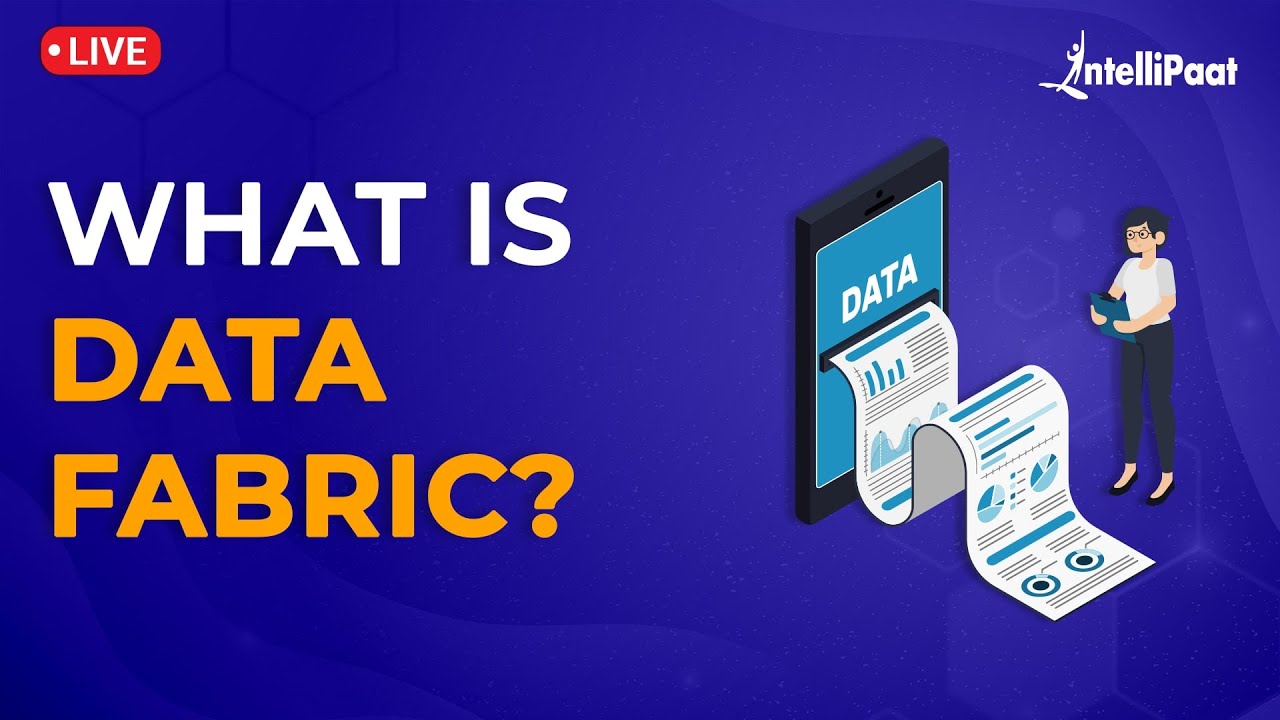Database Normalization 1NF 2NF 3NF
Summary
TLDRIn this video, Jesper dives into data normalization, a key concept in data architecture and digital transformation. He explains how normalization organizes structured data to enhance automation, analytics, and AI, while also contrasting it with unstructured data. Jesper introduces normalization’s core rules, focusing on the first three normal forms, and demonstrates how they transform messy data into structured tables. By breaking down complex concepts like primary keys, foreign keys, and cardinality, this video offers a practical introduction to deeper data understanding. Perfect for viewers interested in data modeling and relational databases.
Takeaways
- 📊 Data normalization is a crucial aspect of understanding structured data, making it essential for automation, analytics, and AI.
- 🔍 Data normalization helps connect structured data and provides insights into unstructured data, like information in spreadsheets or online sources.
- 📐 The relational model introduced by Edgar Codd in 1970 is a systematic way to organize and maintain data using mathematical rules.
- 🗃️ Normalization consists of five forms, with third normal form being the most commonly used in practice.
- 🔑 First normal form (1NF) ensures that each cell contains a single value, each row is unique, and there are no repeating groups in a dataset.
- 🔑 Second normal form (2NF) states that all data must depend on the primary key and any columns not depending on the primary key should be split into separate tables.
- 🔑 Third normal form (3NF) requires that non-key columns must be fully dependent on the primary key and not on any other column.
- 🔀 Foreign keys are created to link tables, ensuring relationships between entities, like employee IDs and skill IDs.
- 🧮 Data normalization simplifies complex datasets into organized, relational tables, allowing for clearer relationships and data integrity.
- 🎓 The video focuses on normalizing data up to third normal form, transforming an unnormalized table into four well-structured normalized tables.
Q & A
What is data normalization?
-Data normalization is the process of organizing data in a database by reducing redundancy and ensuring that data relationships are maintained. It typically involves structuring data into forms that allow for efficient storage and retrieval.
How does normalization relate to structured data?
-Normalization is a way to manage and organize structured data, making it easier to connect and analyze. Structured data, often stored in tables, can be normalized to ensure that relationships between data points are preserved and can be used for automation, analytics, and artificial intelligence.
What is the role of 'cardinality' in data normalization?
-Cardinality in data normalization refers to the nature of relationships between different data sets, such as one-to-one, one-to-many, or many-to-many. Understanding cardinality is crucial in the process of connecting data in a meaningful and efficient way.
What are the five rules of normalization mentioned in the video?
-The five rules of normalization, as proposed by Dr. Edgar Codd, start with the first normal form (1NF) and end with the fifth normal form (5NF). Each form introduces stricter rules for data organization, with third normal form (3NF) being the most commonly used in practice.
What is the focus of third normal form (3NF)?
-Third normal form (3NF) ensures that all non-primary key columns are fully dependent on the primary key. It eliminates transitive dependencies, meaning that non-key attributes cannot depend on other non-key attributes.
What is an example of first normal form (1NF)?
-In first normal form (1NF), each cell in a table must contain only one value, and each row must be unique. For example, if a table lists employees and their skills, the skills should be split into separate columns to comply with 1NF.
How is second normal form (2NF) different from 1NF?
-Second normal form (2NF) builds on 1NF by ensuring that all non-primary key attributes depend entirely on the primary key. If any attributes are only partially dependent on the primary key, they need to be moved into a separate table.
What is the significance of a primary key in normalization?
-A primary key uniquely identifies each row in a table and plays a crucial role in normalization. It ensures that data is organized in a way that maintains uniqueness and facilitates relationships between different tables through foreign keys.
What is a foreign key, and how is it used in data normalization?
-A foreign key is a column or set of columns in one table that refers to the primary key in another table. In normalization, foreign keys establish relationships between tables, allowing data to be connected across multiple normalized tables.
Why is normalization typically focused on up to third normal form (3NF)?
-Normalization up to third normal form (3NF) is sufficient for most practical applications, as it ensures that the data is well-organized and free of redundancy. The latter two forms (4NF and 5NF) handle more complex exceptions, but are rarely needed in everyday database management.
Outlines

Cette section est réservée aux utilisateurs payants. Améliorez votre compte pour accéder à cette section.
Améliorer maintenantMindmap

Cette section est réservée aux utilisateurs payants. Améliorez votre compte pour accéder à cette section.
Améliorer maintenantKeywords

Cette section est réservée aux utilisateurs payants. Améliorez votre compte pour accéder à cette section.
Améliorer maintenantHighlights

Cette section est réservée aux utilisateurs payants. Améliorez votre compte pour accéder à cette section.
Améliorer maintenantTranscripts

Cette section est réservée aux utilisateurs payants. Améliorez votre compte pour accéder à cette section.
Améliorer maintenantVoir Plus de Vidéos Connexes

Arsitektur SIKDA: 4 Pilar Fondasi Sistem Informasi Kesehatan Daerah yang Tangguh #sikda #emr #ehr

What is Normalization in SQL? | Database Normalization Forms - 1NF, 2NF, 3NF, BCNF | Edureka

What Is Data Fabric | How Data Fabric Works | Data Fabric Explained | Intellipaat

Live Big Data Project Interview Questions | Project Architecture | Data Pipeline #interview

Basic Concept of Database Normalization - Simple Explanation for Beginners

Learn Database Normalization - 1NF, 2NF, 3NF, 4NF, 5NF
5.0 / 5 (0 votes)
